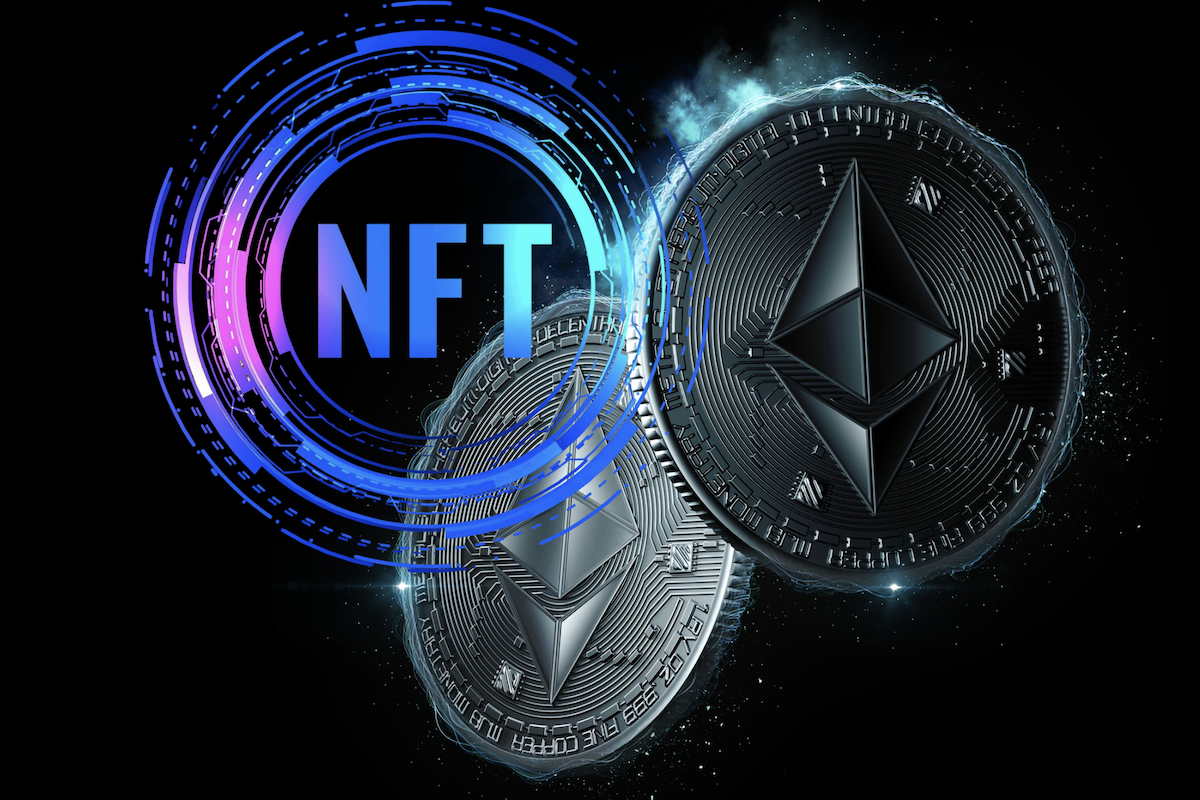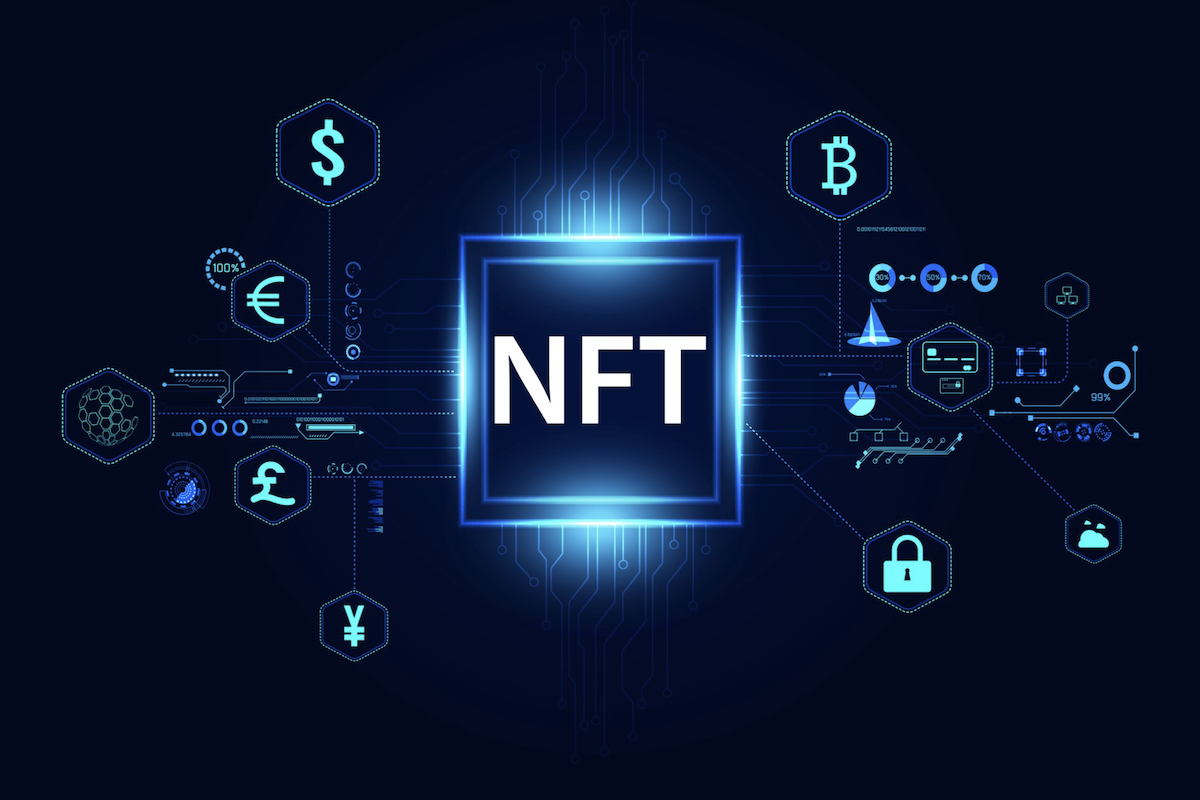NFT tokenomics: ideas and examples
Understand the importance of NFT tokenomics for blockchain projects. Learn how well-implemented token economics can create value for token holders.

Tokenomics refer to economies built around tokens. It’s an essential element of any blockchain project. Well-implemented token economics allows teams to build sustainable economies while creating value for token holders.
Creating effective NFT tokenomics is a complicated process that depends on factors that interact with each other, including supply and demand balance, launch strategies for token distributions, use cases for NFTs, incentive mechanisms, and incorporating precautions to prevent inflation.
It’s all about the balance between supply and demand
A good supply and demand balance underpins all effective token economics. It drives the desirability and hence sales of NFTs. According to the scarcity principle, the value of an asset will rise if fewer of them are in use and there’s high demand. That’s why NFT project teams should execute activities to ensure scarce supply while increasing demand for the tokens.
Ideas and examples for NFT tokenomics to limit supply
On the supply side, teams consider the total number of tokens to be issued initially, whether new NFTs will be created over time, and what kind of deflationary mechanisms will be deployed to prevent inflation.
The majority of NFT projects issue a fixed supply of NFTs. Consider PFP NFTs, such as Meebits. These projects release thousands of NFTs all at once. For instance, Meebits launched 20,000 NFTs on the release date. Although the same team may launch other NFT collections, the supply from the genesis collection will remain the same.
Metaverse lands also follow this path. During the project execution, the team can offer different parts of the metaverse as digital pieces of real estate in multiple sales events. However, the total number of land parcels to be issued is constant. For example, there will be 166,464 land NFTs in the SandBox metaverse.

On the other hand, play2earn NFT projects deploy different supply mechanisms. In these projects, players win in-game NFT assets as they progress, increasing the total token supply in circulation over time. Therefore, these projects incorporate deflationary mechanisms, such as burning, breeding, or fusing, to decrease the NFT supply. The burning mechanism permanently removes tokens from circulation. Breeding and fusing are applied in NFT games to create a new upgraded item by merging two more common NFTs.
Tokendistribution and allocation
How teams distribute and allocate NFT tokens also influences the success of a project.
While some opt for a fair launch by offering the tokens to the public at once, some projects allocate a part of the total supply to select investors or reserve whitelist spots for early adopters.
Some teams also publish a detailed NFT allocation plan, a must for fungible crypto tokens but not so common for NFTs. For example, the NFT Starts project allocated the total NFT supply of 20,000,000 as follows: marketplace mining (45%), core contributors (16%), airdrops (6%), reserve fund (2.5%), community offer (1.5%), DEX liquidity (1.5%), marketing activities (12%), and team (15.5%).
Ideas and examples for NFT tokenomics to increase demand
Since psychologist B.F. Skinner’s studies in the 1970s, it’s generally accepted that token economics must create value to motivate positive behavior. On the demand side, NFT teams incorporate methods to create value by attaching membership benefits and other perks to NFTs.
On the one hand, these activities encourage NFT owners to hold their tokens for the long run. As a result, the circulating supply decreases. For this purpose, teams can offer NFT staking opportunities where holders lock their assets in a liquidity pool for a specific timeframe.
On the other, such methods help sustain and drive demand for the tokens in the long run. To that end, teams can provide lucrative membership benefits, like access to exclusive IRL events, future drops, giveaways, or airdrops. As the space becomes more sophisticated, teams continuously invent new ways of NFT utilities.





